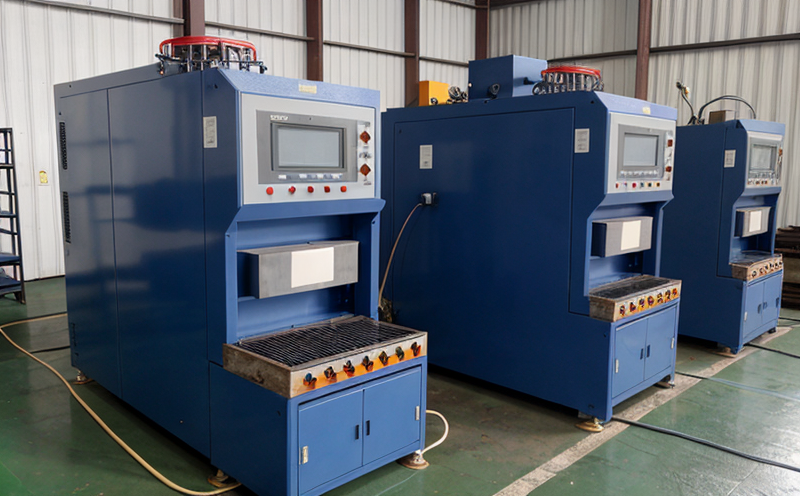ISO 1928 Coal Calorific Value Testing
The ISO 1928 standard is an internationally recognized method used to determine the calorific value of coal. This process measures the heat released during the combustion of a specified amount of coal, which is crucial for understanding its energy content and quality. This testing is pivotal in industrial manufacturing and processing, especially in sectors where coal serves as a primary fuel source.
The calorific value is critical for several reasons. It helps manufacturers and processors to determine the efficiency of their processes, ensuring that they are utilizing resources optimally. For instance, industries such as steel production, cement manufacturing, and power generation rely heavily on coal for energy, making accurate measurement essential for cost control and environmental impact assessment.
The testing process itself involves a series of precise steps. Initially, the coal sample is prepared according to ISO 1928 requirements, ensuring that it is representative of the batch being tested. Once prepared, the sample undergoes combustion in a calorimeter under controlled conditions. The heat released during this combustion is measured accurately and converted into a standardized value using specific formulas provided by the standard.
The accuracy and precision of the testing are paramount, as even small variations can have significant implications for industrial operations. For example, overestimating the calorific value might lead to underutilization of coal in processes, resulting in increased costs. Conversely, underestimation could result in inefficient use, leading to higher production costs. Therefore, compliance with ISO 1928 is not just about meeting regulatory requirements but also about optimizing operational efficiency.
Compliance officers and quality managers often rely on this testing to ensure that the coal they procure meets specific quality standards. This testing helps in identifying batches of coal that do not meet the required calorific value, allowing for timely corrective actions. Additionally, R&D engineers use these test results to refine processes and improve product quality.
In summary, ISO 1928 Coal Calorific Value Testing is a cornerstone of industrial manufacturing and processing. It ensures that coal, as an essential input material, meets the necessary quality standards, thereby contributing significantly to operational efficiency, cost management, and environmental sustainability.
Why It Matters
The importance of ISO 1928 Coal Calorific Value Testing cannot be overstated. In industrial manufacturing and processing, coal is a vital input material that contributes significantly to the operational efficiency of various processes. Here are some key reasons why this testing is essential:
- Cost Management: Accurate calorific value measurements ensure that industries use coal efficiently, minimizing waste and reducing costs.
- Quality Control: This testing helps in maintaining consistent quality standards across batches of coal, ensuring reliable performance in industrial processes.
- Sustainability: By optimizing coal usage, industries can reduce their carbon footprint and energy consumption, contributing to a more sustainable production process.
Benefits
The benefits of ISO 1928 Coal Calorific Value Testing are multifaceted. For industries that rely on coal as a primary fuel source, this testing ensures operational efficiency and cost-effectiveness:
- Improved Process Efficiency: By accurately measuring the calorific value of coal, industries can optimize their processes to achieve maximum output with minimal input.
- Cost Savings: Ensuring that only high-quality coal is used in industrial processes leads to reduced waste and lower overall costs.
- Better Decision Making: Accurate testing provides reliable data, enabling better decision-making related to resource allocation and process optimization.
Environmental and Sustainability Contributions
The ISO 1928 Coal Calorific Value Testing plays a crucial role in promoting environmental sustainability. By ensuring that coal is used efficiently, industries can minimize their carbon footprint and energy consumption:
- Emission Reduction: Optimizing the use of coal leads to reduced emissions, contributing positively to environmental conservation efforts.
- Resource Optimization: Efficient testing ensures that resources are used optimally, reducing waste and promoting sustainable practices.





